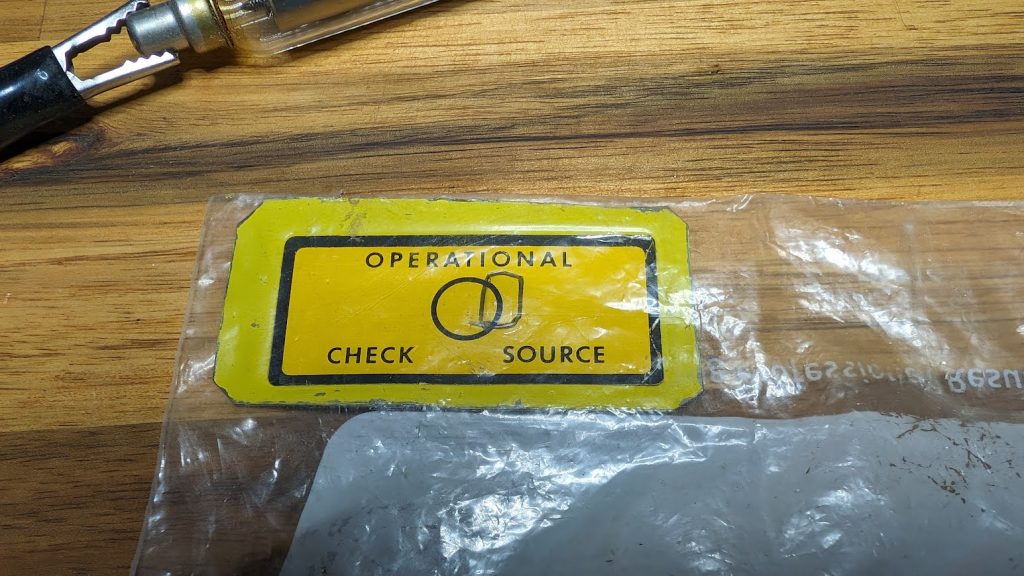A check source is a known quantity of a radionuclide which emits ionizing radiation, typically one or more of the radiation types gamma rays, alpha particles, beta particles, or neutron radiation. Such sources are used for the calibration and testing of ionising radiation measuring equipment.
Caution: Proper handling of radioactive items regardless of origen, requires personal protective equipment PPE, containment, prohibition of eating/drinking, use gloves, eyewear, sufficient shielding, storage in labeled containers, locked cabnet and monitor. Do not crush, cut, grind or file items or handle directly, always wash hands.
Cosmic Ray muon detectors use ionising radiation detectors such at Geiger–Müller tubes, SiPin Photodiodes or Photomultipliers with scintillation crystals. Consequently, it is critically important to test these devices to ensure they actually work. Particularly if you purchase surplus or used equipment.
For the hobbyist it is very difficult to obtain check sources without a licence, particularly in Australia and can be expensive. Consequently a collection of locally purchased gamma emitting minerals like Uraninite and pitchblende ore, or antique items such as old glowing clock dials, Orange Fiestaware and Uranium green glassware. Nevertheless you must be cautious and use PPE regardless of how harmless the item may appear, use a Geiger counter, enclose in plastic and store in a metal sealed container.
The check source I’m using for such tests was on the side of a suplus CD V-700 Geiger Counter. It uses an isotope of radium 226Ra and has a half-life of 1,600 years. During decay, it mostly emits alpha particles with an energy of 4.7843 MeV followed by 4.601 MeV. Fortunately, the decay products go on to further decay and emit a gamma ray at an energy of 186 keV ideal for muon detector tests. The check source is quite weak but quite suitable for testing all kinds of detectors.
Never cut stratch or remove the label, cut the metal around the lable with tin snips, always use cloves, facemask and classes. Cut a clear area around the source ensuring you do not damage the lable in any way. When removed sharp edges and keep it in a plastic bag, store in a metal box with tight fitting lid. Mark the box with a warning indicating what is inside, handle with PPE and lock away. When using this for testing devices, setup test equipment on a clear surface and always use PPE . When finished testing put the test source away in the melal box amediatly and lock away to avoide any accendal handling by others.
